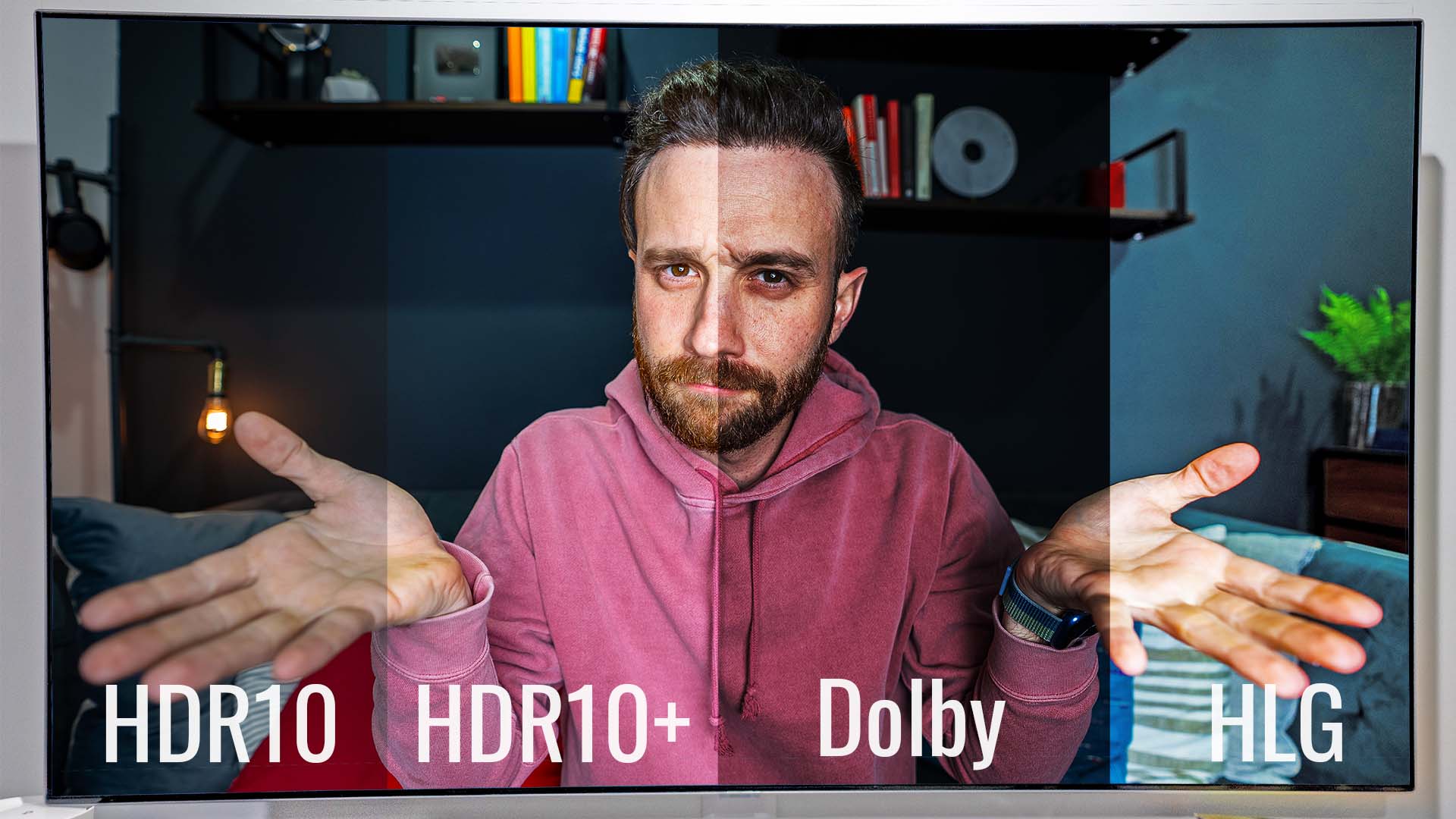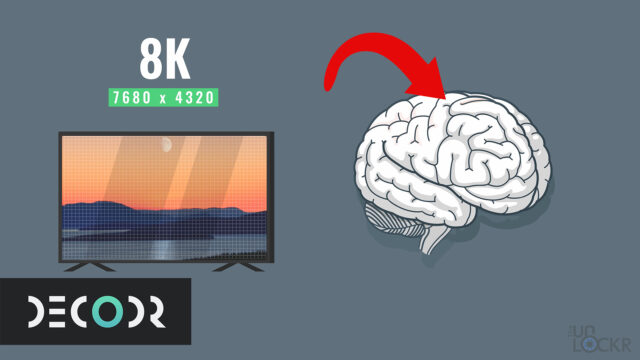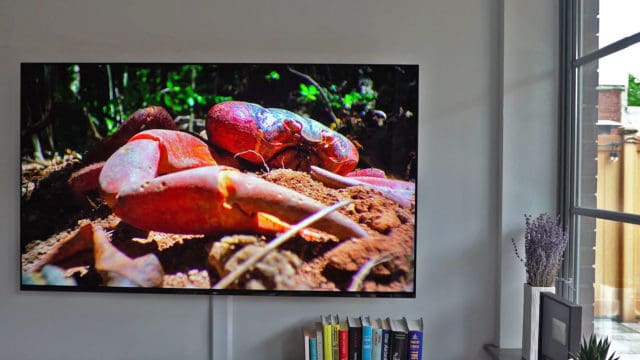What is ULED? (& Its One Killer Feature)
So there are a lot of acronyms in the TV world and it can be seriously confusing. Recently, though, there’s been more and more buzz around a particular one that I want to talk about: ULED.
ULED is technically the name for a set of proprietary technologies that the company Hisense has created for its LED televisions. There’s a lot to that though and one huge benefit of ULED that we’ll get to in a bit.
Full disclosure before we get started, HiSense reached out sent me one of their latest ULED TV’s, the H8F, to do this video with. But, I definitely recommend the TV for a number of reasons, but we’ll also get to that later.
What is ULED?
First up, what is ULED?
In the TV market, there are a couple of different types of display technologies that we regularly see. Usually, it’s LED or OLED (and this might sound familiar to those of you who remember when you had to choose between LCD and Plasma way back in the day).
LED is a form of LCD screen that uses tiny Light Emitting Diodes to illuminate the screen.
LED has basically replaced the CCFL technology that we use to use for LCD screens and has become the defacto thanks to the fact they are way more energy efficient, have become a lot less expensive to produce, can do some fancy tricks with area-lighting, and they don’t contain any highly dangerous mercury like CCFL’s did. Yay!
The thing is though that all LED TVs are not created equally. Companies have put the LEDs in different layouts for better light distribution, added quantum dots to produce wider color gamuts, have specific processing algorithms to detect what is on the screen and control the LEDs better, etc.
Because of all the work companies go through to improve these LED TVs, they’ve started to come up with new names to differentiate theirs vs the competitions’.
ULED, or Ultra Light Emitting Diode, is the name that HiSense, a popular TV manufacturer, uses for their set of proprietary tech related to the LED TV (you might also be familiar with QLED from Samsung, XLED from Vizio, etc. as they are all a similar concept but with different tech for each).
Benefits/Cons of ULED
So ULED is improved LED, but what does that mean and how does it actually benefit you or me?
Full Array Local Dimming
Another benefit of ULED TV’s is the way the LEDs are arranged.

Normally, LEDs can be placed in an array on one or more sides of the TV panel and use a light guide to reflect it to the front.

The downside to this is that in order to make a part of the screen brighter or darker there are only large areas that can be controlled individually so the contrast ratio of say the bright moon on a dark night sky would lead to a decent amount of light bleed around the moon instead of the much more compelling moon is bright vs super dark surrounding sky.

The better way to go is with backlit LEDs with local dimming like ULED has. This allows for much more control of what parts are bright and which are dark. This means something like that moon will be much closer to the ideal contrast we want.

Part of why this works as well as it does on ULED TVs is the fact that HiSense has included a pretty beefy video processing engine they call the Hi-View. This system scans what is on the screen constantly and uses that info to adjust the local dimming, brightness, color, and motion in real-time.
Wider Color Gamut
Also, thanks to that Hi-View processing unit and some algorithms unique to HiSense, the range of colors that the TV can produce is improved, as well. ULED TVs all offer wide-color gamut standards. So HDR10 & Dolby Vision HDR, the two most popular standards for High Dynamic Range, are both supported (and are readily available on Netflix and other streaming services to watch content in).
Smoother Motion
Speaking of motion, ULED TV’s use proprietary software combined with that video processing engine to be able to deliver some seriously impressive refresh rates.
Personally, I like to turn these down on my TV since it can make certain shows look a little “too real” and make them seem odd. For things like Sports though or gaming, where you want to see every detail and not miss things, the higher the refresh rate, the better. The refresh rate is how many times the image on the screen can be displayed (or refreshed) per second.
Most displays are at about 60hz or 60 frames per second with some popular brands releasing displays in 120hz on the higher end. This H8F ULED TV though can do an insane 240 frames per second on its natively 60hz panel using some proprietary algorithms to interpolate frames and reduce blur. That’s almost like getting gaming monitor motion out of a TV.
Resolution
With more and more content readily available in 4K UHD resolution, you probably should buy a 4K TV at this point if you’re looking to buy a new TV.If you see a TV labeled as ULED, resolution-wise that automatically means that it has 4K UHD resolution as HiSense has included that in their ULED standards.
Brightness
Thanks to a proprietary algorithm HiSense uses as part of their ULED standard, they are able to boost the brightness of the TV to almost double that of conventional LED TVs (the H8F, for example, can hit a peak brightness of 700 nits).That same algorithm, combined with the local dimming, can increase the brightness of specific objects that might need it within a scene (i.e. a sun, lights on a bridge, etc.) without effectively blowing out the rest of the image on the screen.
What About OLED?
Really fast to just clarify some potential confusion. ULED, QLED, XLED, etc. are similar but OLED is not. OLED is Organic Light Emitting Diodes and the technology is actually where each individual pixel on the screen can be controlled, and they can even be turned off to get the blackest of blacks.
This all makes for insane contrast ratios when viewing OLED TVs (think of the moon example and literally just moon is lit and the black sky around it is turned off and as black as it can be).
OLED will have a better contrast ratio than these other LED techs, but right now OLED is significantly more expensive than ULED.
Price & Conclusion
Now, honestly, a lot of the tech I mentioned above that makes ULED so beneficial is at least somewhat similar to those other LED technologies I mentioned like QLED, etc. but there is one huge benefit ULED has over all of those.
Samsung’s least expensive QLED 55″ TV is about $1,100. The HiSense H8F ULED TV in the 55″ size costs $499.
ULED can get similar quality and features to QLED and XLED, but not just at a lower price, at less than half the price. I don’t know about you but, to me, that’s the biggest benefit to ULED and really makes you have to think for a sec before choosing another LED technology, no?
If you guys want to check out the H8F I was sent, head to this link here for where I found that $499 price.
Btw, there is a giveaway to win one of these TVs going on right now. Head here for details!
Hope this was helpful in cutting through what ULED is and isn’t, but let me know what you guys think in the comments below. Thanks for reading!

























+1 for the ULED
???